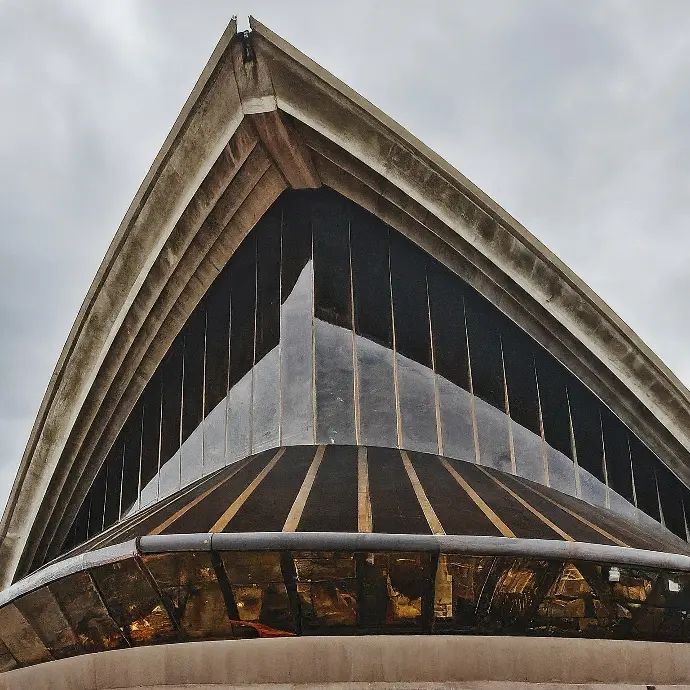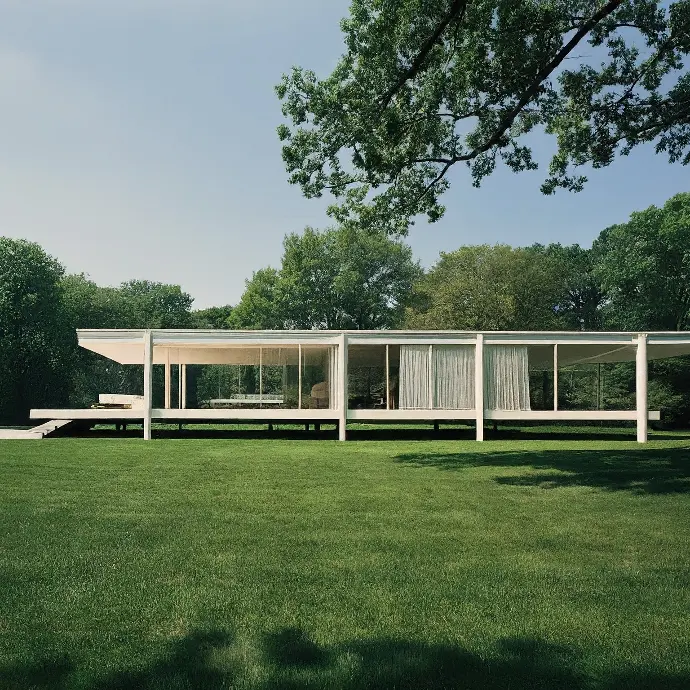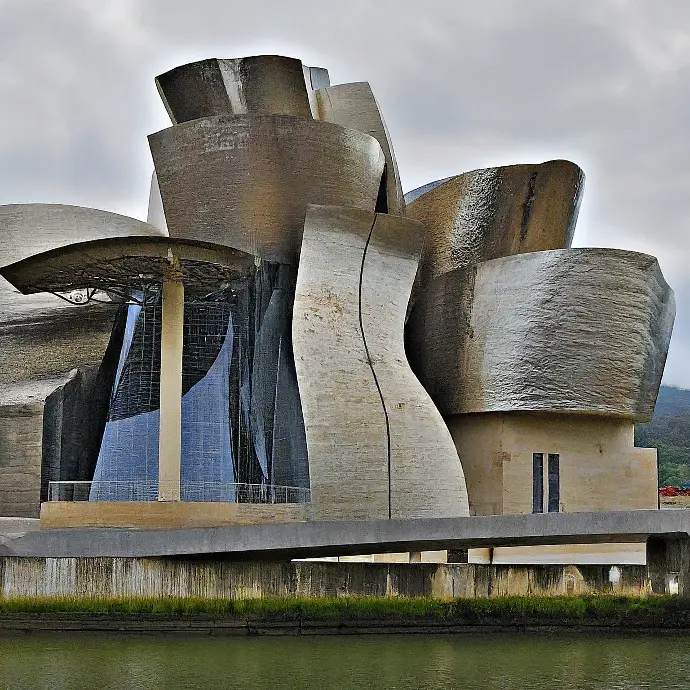Modern Architecture: A Revolution in Design
Introduction
Modern architecture, emerging in the early 20th century, revolutionized the built environment by moving away from traditional, ornate styles. Driven by the Industrial Revolution, technological advancements, and the pursuit of functional yet aesthetically pleasing designs, modern architecture transformed urban landscapes worldwide. As part of architectural trends in Perinthalmanna, modernist principles are increasingly shaping new developments.



Core Principles of Modern Architecture
Modern architecture is defined by several fundamental principles that continue to shape contemporary building design:
1. Form Follows Function
Popularized by architect Louis Sullivan, this principle emphasizes that a building’s design should prioritize its intended purpose. Decorative elements are minimized, focusing on practicality and efficiency.
2. Innovative Use of Materials
Modern architects embraced cutting-edge materials like reinforced concrete, steel, and glass. These materials facilitated structural innovations, allowing for large windows, open spaces, and sleek aesthetics.
3. Clean Lines and Geometric Forms
Characterized by simplicity, modern architecture avoids excessive ornamentation, favoring minimalist, geometric designs that create an uncluttered and harmonious appearance.
4. Open Floor Plans
To enhance spatial flexibility, modern buildings often feature open-concept layouts, reducing unnecessary walls and promoting fluid movement between spaces.
Influential Architects and Movements
Several key figures and movements played a crucial role in shaping modern architecture:
1. Walter Gropius and the Bauhaus Movement
Walter Gropius founded the Bauhaus School in Germany, promoting a fusion of art, craftsmanship, and industrial design. This movement emphasized functionality and modern materials, influencing architecture globally.
2. Le Corbusier’s Five Points of Architecture
Swiss-French architect Le Corbusier introduced revolutionary design principles, including pilotis (elevated supports), open floor plans, horizontal windows, roof gardens, and free facades. His vision transformed urban housing and modern skyscraper design.
3. Mies van der Rohe and the International Style
Known for the phrase “Less is more,” Mies van der Rohe pioneered minimalist architecture, using steel frameworks and glass curtain walls to create sleek, modernist structures.
The Impact and Legacy of Modern Architecture
Modern architecture has significantly influenced urban development, shaping iconic city skylines and contemporary structures. While some critics argue that its minimalism lacks warmth, its influence remains undeniable. Today, modernist principles merge with new design trends, creating a dynamic and evolving architectural landscape.
Modern Architecture in the 21st Century
Although modern architecture has evolved, its core values—efficiency, clean aesthetics, and innovative materials—continue to inspire contemporary design. Various substyles have emerged, including:
- Minimalism – Characterized by simplicity and functionality.
- Brutalism – Recognized for raw concrete and bold, monolithic structures.
- High-Tech Architecture – Integrates advanced technology and industrial elements into building design.
Conclusion
Modern architecture represents a bold departure from tradition, emphasizing function, simplicity, and technological advancements. From Le Corbusier’s visionary designs to Bauhaus’s functionalism, modernism continues to shape architecture globally. As architects blend modernist principles with sustainable innovations, the future of architecture remains deeply rooted in the revolution sparked over a century ago.